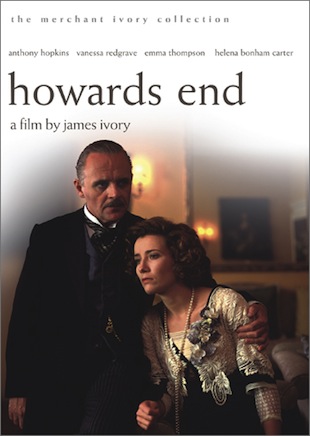

We can understand what drew Helen to the nearly absent Paul (“But the poetry of that kiss the wonder of it, the magic that there was in life for hours after it – who can describe that? It is so easy for an Englishman to sneer at these chance collisions of human beings. It is not so surprising that within a few pages, after we have stepped away from the letters to learn that Helen has already abandoned the love affair that opens the novel. We understand her youth, her tempestuousness, her intense fragility. Immediately we are dropped into the depth of Helen’s emotions. It begins, so marvelously, with those letters. Forster is for me the only living novelist who can be read again and again and who, after each reading, gives me what few writers can give us after our first days of novel-reading, the sensation of having learned something.” It inspired Lionel Trilling to write “E.M. The Novel: Howards End is so magnificent that it not only was marvelously adapted to film, it not only survived being completely re-written in a modern version, but it actually was able to adapt so well that the modern version is itself an excellent novel (Zadie Smith’s On Beauty – one of the best examples ever of taking a story and re-working it to the modern era and making it her own while also leaving it very much Forster’s). Acclaim: Modern Library Top 100 English Language Novels of the 20th Century #38.ML Edition: paperback (1999 – Top 100 Novels edition) paperback classics.

Last Line: ” ‘The field’s cut!’ Helen cried excitedly – ‘the big meadow! We’ve seen it to the very end, and it’ll be such a crop of hay as never!’ “.First Line: “One may as well begin with Helen’s letters to her sister.”.


 0 kommentar(er)
0 kommentar(er)
